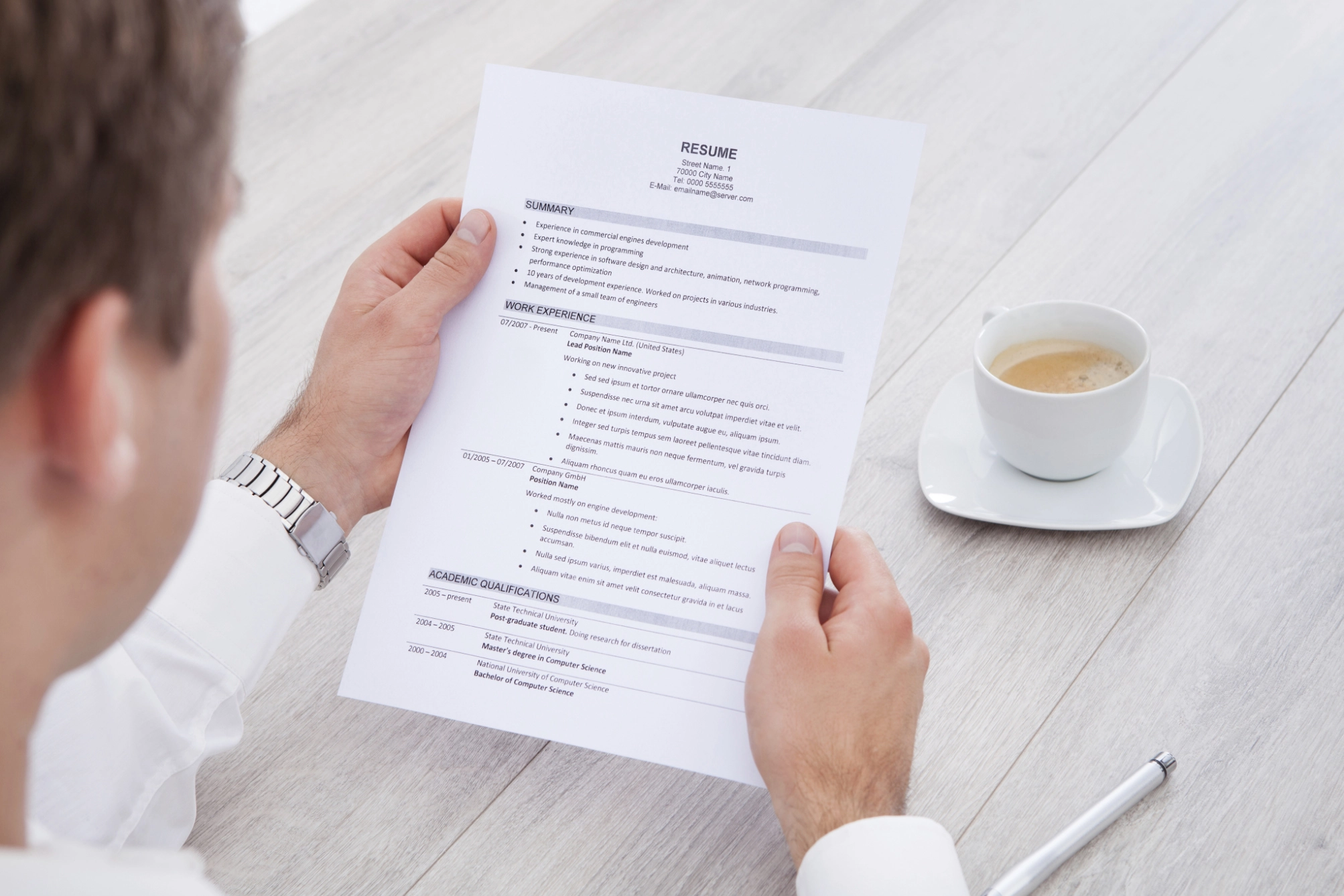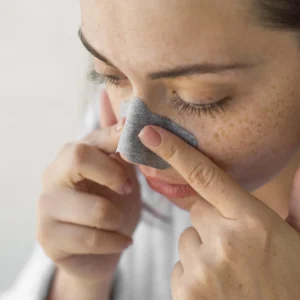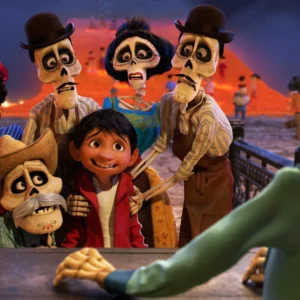You’ve found an interesting job opening and prepared the perfect resume. But that’s not enough—you also need a cover letter. And this is where panic sets in: what should you write? How do you avoid sounding dull? How can you catch the employer’s attention? Relax! A cover letter isn’t as scary as it seems. It’s your chance to show that you are the perfect candidate for the job. A well-written cover letter helps you stand out from the competition and get invited to an interview.
Structure of an Effective Cover Letter
To make your cover letter look professional, it’s important to follow the right structure. Just three parts—and your cover letter is ready!
1. Introduction (greeting, purpose). The first paragraph should be short and clear. Here, you:
- Greet the employer.
- Mention the position you’re applying for.
- Briefly explain why you’re writing.
2. Main Body (why you’re the perfect candidate). This is the most important section. Keep it concise but persuasive by explaining why you’re the ideal fit for the job.
Tips:
- Don’t just repeat your resume! Focus on a few key skills that match the job requirements.
- Include specific facts, figures, and examples of your achievements.
- Show that you understand the company’s needs and know how to contribute.
3. Conclusion (call to action, thank you). End your cover letter confidently but politely. Thank the reader for their time and suggest further contact.
Important! Keep it concise. The optimal length of a cover letter is 3-4 paragraphs.
How to Write a Cover Letter in 5 Steps
Ready to write the perfect cover letter? Here’s a detailed step-by-step guide to help you create an effective and compelling text.
1. Address the Right Person
Don’t start with a generic “Dear Hiring Manager.” The best approach is to address a specific person. It shows that you’re not sending the same template to multiple companies and that you’re genuinely interested. If the job listing doesn’t mention the hiring manager’s name, try searching for it on the company website or LinkedIn. If you can’t find a name, a neutral greeting like “Dear [Company Name] Team” works well.
2. Start with a Hook
The first line of your cover letter should grab attention! No one wants to read a dull “My name is Olga, and I want to work at your company.” Try something more engaging: “Your company isn’t afraid of bold marketing ideas. And I’m exactly the person who can generate them!” This immediately makes your letter interesting.
3. Sell Yourself
A cover letter shouldn’t just repeat your resume. Instead, focus on two or three key skills that would benefit the company. Be specific: “I launched 15 advertising campaigns that brought in 10,000 new customers. I’m ready to do the same for you!” Numbers always make a strong impact.
4. Show Genuine Interest in the Company
Recruiters see hundreds of generic cover letters. If you show real interest in the company, you’ll stand out. Instead of writing: “I want to work at your company because it’s successful,” Try:
“I admire your approach—especially the [Project Name] initiative. I’d love to be part of the team that creates such amazing work!”
5. End with Confidence
How should you close your cover letter? Ask for the next step—an interview or a call. But don’t be too pushy! Avoid: “I look forward to your call!” Use a better version: “I’d be happy to discuss how I can contribute to your team. Looking forward to your feedback!”

Common Mistakes That Kill a Cover Letter
A cover letter should be clear, meaningful, and engaging. Here are the biggest mistakes that can ruin your chances:
- Too long. Recruiters spend 10-15 seconds reviewing a document. If it’s longer than 3-4 paragraphs, they might not read it.
- Too generic. Saying “I’m motivated, responsible, and a team player” means nothing. Add specific details.
- Typos and poor formatting. Always proofread before sending. Mistakes can hurt your credibility.
Cover Letter Sample
So, you already know how to write a cover letter for a resume and what mistakes to avoid. Now comes the fun part. A sample of an effective cover letter:
Dear Mr. Andrew,
I have been following your company for a long time and admire your willingness to experiment in marketing. Your case study on TikTok promotion truly impressed me! I am the specialist who can continue and enhance this dynamic growth.
My name is Emily, and I have three years of experience in marketing. During this time, I have launched over 15 advertising campaigns, bringing in 10,000 new customers. My latest project for [Company Name] increased their Instagram audience by 200% in just three months.
I’m confident that I can achieve similar results for your company. I’d love to share more details in an interview—when would be a convenient time for you to discuss this? Looking forward to your response!
Best regards,
Emily Carter
📞 Phone: +1 (312) 555-0198
📧 Email: emily.carter@example.com
🔗 LinkedIn: linkedin.com/in/emilycarter
How to Write a Cover Letter – Video
Still have questions about writing the perfect cover letter? Be sure to check out this video:
Conclusion
A cover letter isn’t just a formality—it’s your chance to grab the employer’s attention. Keep it concise, engaging, and personalized. Adding specific achievements and numbers makes a much stronger impression than generic statements. Most importantly, don’t be afraid to show your personality!
FAQ
A cover letter is a short document that accompanies your resume. It explains why you want the job and how you can contribute to the company. It’s your chance to make a strong first impression.
The ideal length is 200–250 words—about 3–5 short paragraphs. Keep it concise and to the point.
A cover letter isn’t always required, but it’s highly recommended. It helps you stand out from other candidates.












